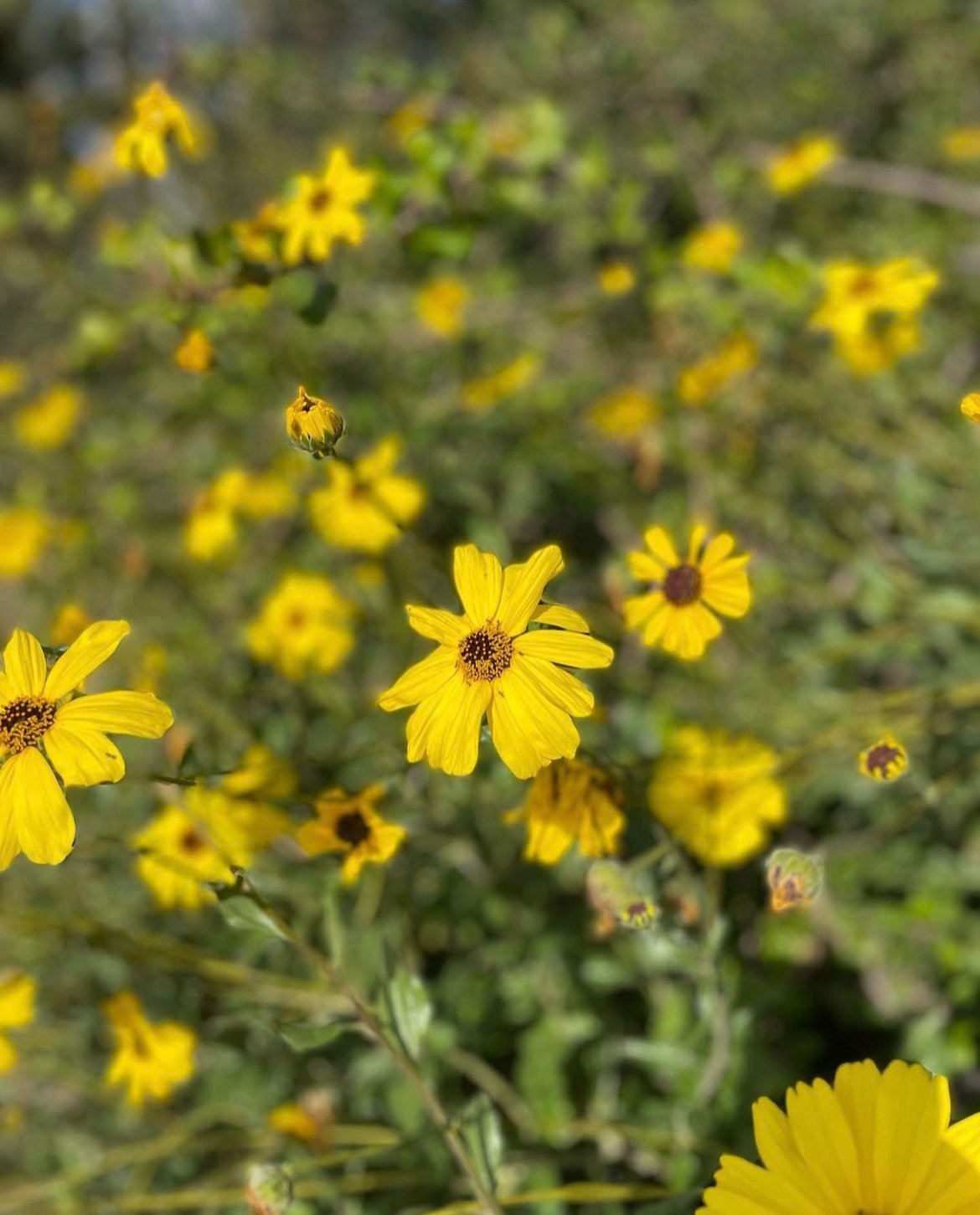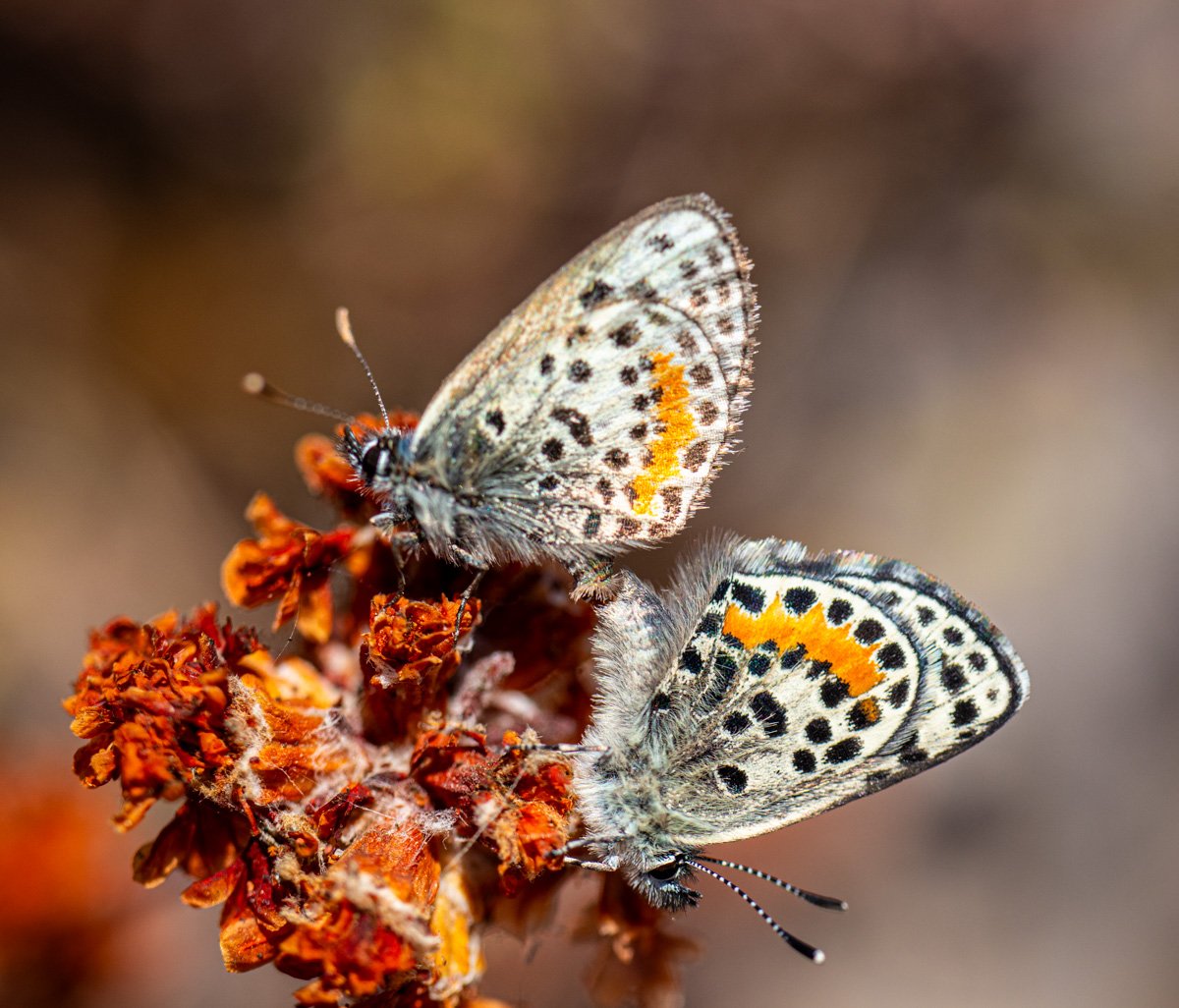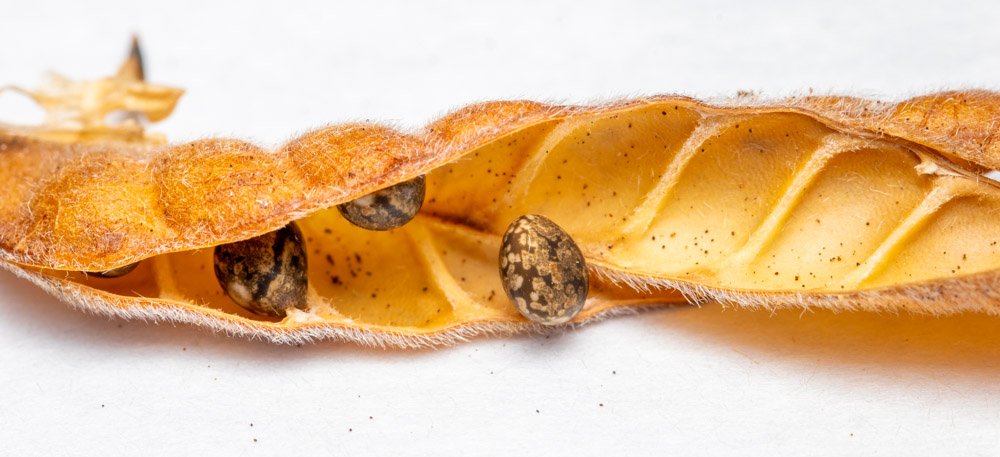Q&A: Planting Season in California … what do I do?
By: Mary Simun
Perhaps you are inspired by the planting season in Southern California or you picked up some seeds from South Bay Parkland Conservancy at an event AND are now wondering what to do….
We’re so glad you asked! We’ve put together a quick Q&A about how to get started, whether you have a few seeds to experiment with or you’re planning to rewild your entire yard….
Q: So…..How do I sow my seeds?
A: To sow your seeds, select a sunny location and remove weeds or other non-native plants (including grass). Scrape and loosen the soil. Sprinkle the seeds on the soil and cover with about 1cm (¼-½”) of soil.
Q: What type of soil will my So Cal natives prefer?
A: Sandy loam is best (primarily sand, with silt and a little clay); soil that drains quickly is critical to native plant survival.
Q: How often do I need to water?
A: We’ll let Momma Nature take care of that! The trick is to sow or plant the seeds during the correct season, which in Southern California is from about November through April - the “rainy” season.
Q: Well, which season is best?
A: These are So Cal coastal natives, so the ideal planting window is in early winter following the first seasonal rains.
Q: Why? Isn’t that the opposite of most planting seasons in the U.S.?
A: Glad you asked! Unlike most of the country, the majority of annual rainfall in Southern California occurs in the winter months.
Q: That’s most unusual!
A: Yes, compared to most biomes, but it is typical for our coastal mediterranean climate. This is a very rare and unusual biome (worldwide), characterized by special conditions and vegetation.
Q: So these native plants support water conservation practices?
A: Yes, indeed!
Q: And these seeds are native to So Cal?
A: Yes, they are!
Q: Will they grow well anywhere else?
A: Not really. These seeds were selected for you precisely because they are adapted to and will thrive in this Southern California region.
Q: Since the plants are local natives, will they provide habitat to native wildlife?
A: Absolutely! They will bring joy to humans and attract wildlife, including essential pollinators.
Q: Pollinators? Who are they?
A: El Segundo Blue butterfly (Endangered species), Monarch (threatened), hummingbirds, bees (threatened by habitat loss, disease and climate change)
Q: Why are pollinators important?
A: They aid in plant reproduction, are important in food web communities, are critical for ecosystem health and climate change mitigation.
Q: Will they produce seeds?
A: Yes! Feel free to collect some of them to share with others and spread the love of native plants. Bee certain to leave some seeds for wildlife food! (Below: Lupine pod twists open)
Q: What if I want to do more…. I want to transform my yard into a certified CA Native Habitat?
A: That would be amazing! One of our goals at SBPC is to connect habitats for pollinators so we strongly encourage community members to plant natives on their property. Additional resources can be found on our website under Native Habitat Certification: Get Started.



